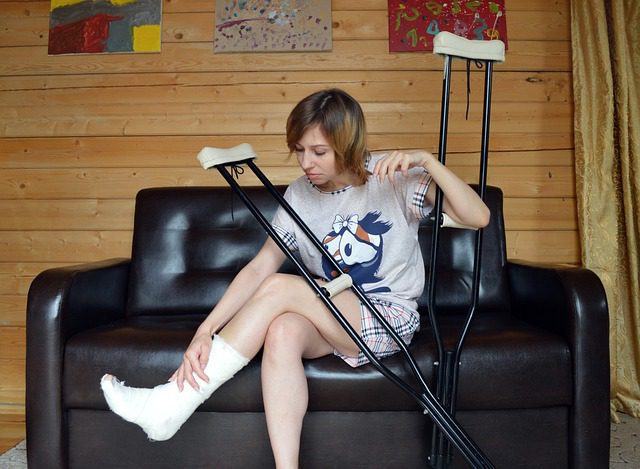What should you look for in short-legged office chairs for people?
Office chair for short person must be smaller than other office chairs. They should allow for a minimum of a 90-degree angle. Chairs that are tall can narrow the angle even more and hinder circulation in the foot’s back and don’t feel comfortable.
A desk chair that is suitable for people who are short requires a seat that is narrower. Sitting for too long in an office chair that is wide can cause a decline in ergonomics.
A shorter armrest is perfect for the shorter person. The more elbows are flared out and the stiffer the person will feel in their upper back. The people who are short know about this problem. Normal people don’t notice this.
Lumbar support can benefit normal people. For those with shorter legs, the lumbar support has found to be too high in the back. The lumbar support should be adjustable in height. back support, or even a lower backrest with a S-curve design.
The perfect office chair designed for small people should also include a small backrest. A headrest should be adjustable to height so it doesn’t put pressure on the rear of the head.
Here’s an overview of how the most effective office chair for small people is built in the specifications:
- Minimum 16 inches seat depth
- Minimum 16ins for seat height
- At least 16 inches the distance between armrests
- Short or optional headrests
- Adjustable lumbar support
- 30 inches or less desk height
It is interesting to observe that people who are short try out a variety of everyday objects until they fit their bodies. This is also true of office chairs. If you are 5’6 inches or less, you should start with chairs that are 16 inches high or adjustable up to 16″. If you’re 5’2″ you are 5’2″, start with an incline that is 15 inches. The reality is that office chairs cannot be as low.
To choose the best ergonomic chair for people with short legs Here are some of the requirements:
When a person’s frame is petite or has a small frame, the selection of office chairs is restricted. One important aspect to be aware of for those with small frames is adaptability.
Seat Depth
If the seat pan in the chair not be deep enough, this could cause circulation issues for people who have their legs hanging off the floor, and bringing excessive pressure on the soft bottom of the legs.
A good rule of thumb is that the seat depth of 18″ or less, and it should be adjustable so that you can accommodate your personal preferences.
To determine the best seat depth that is suitable for those with short legs when seated you should measure the distance from the top of the buttock until the top of the inner thighs. A gap of about 2′ in between the knees’ back as well as the back of the chair’s seat is necessary. This can help stop the circulation from the thighs.
Seat Height
The height of the average office chair can be adjusted between 18″-22″. For people who are short, the height must be less than 18″. However, it is compensated by offering an extra footrest for them to lie on.
To calculate the appropriate seat pan’s height. Sit in your chair and measure the distance from your floor to the back of your knees. Be sure to include the thickness of your footwear because this could influence the calculations.
Tilt Forward and Back
The backrest must fit your requirements for height by altering it. It should include a tilt adjustment that allows it to move forward while avoiding from perching too close to the edge of the seat, creating stress on your lower back.
Lumbar Support
The backrest of your chair should be adjusted to help support the lower part of your back. Depending on the depth of your seat and the lumbar support can be adjusted in depth is required to make sure it fits your back in a full way to provide support.
Armrests
The armrests of the chair must be adjustable completely, generally in a way that is closer to the body. A cushioned armrest would be ideal. The hard armrests could eventually squeeze the ulnar nerves of the bony area of the elbows. This can cause cubital tunnel syndrome.
Conclusion
For those who are short, there are additional issues with comfort that must be taken into consideration when choosing the right office chair. Remember, when you’re being in the chair for more than eight hours. It is essential to be aware of more than just the seat adjustments, but also your comfort zone.
The ideal office chair that is suitable for a petite person is the product of many years of research. The options listed below are a result of most well-known ergonomic concepts. While they may cost more than the standard office chair, it’s sure to have the capacity to be used for at minimum 10 years, according to the warranties. In the long run, it’s costs less and you can relax in a way that suits your needs.






